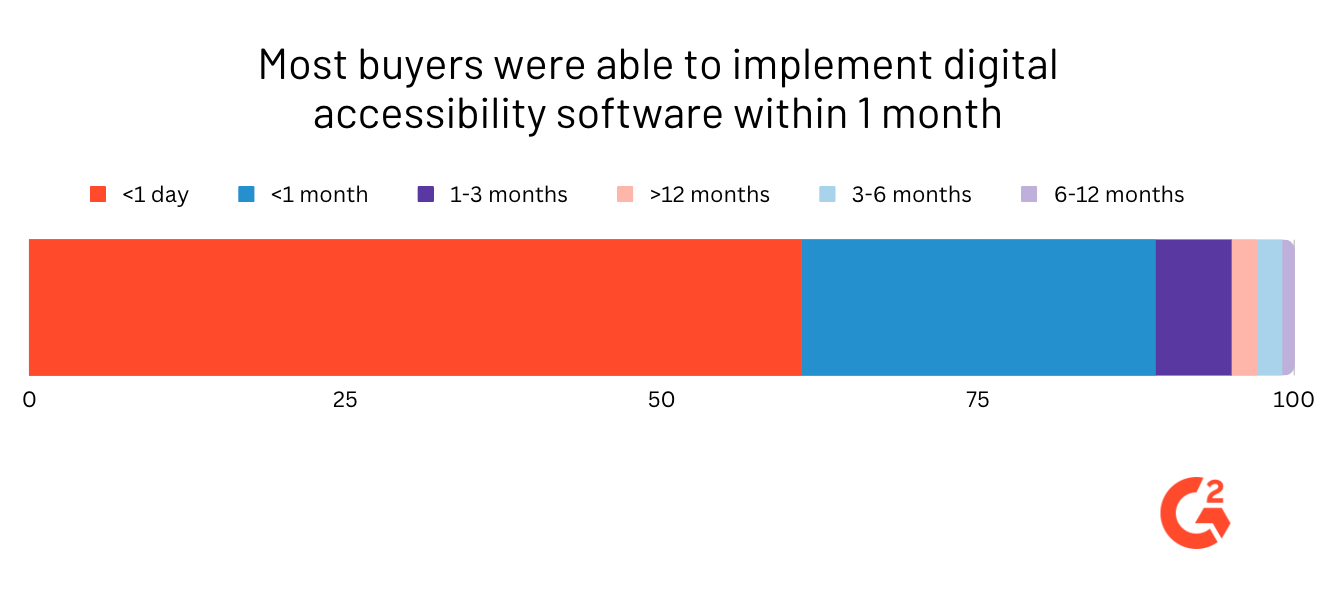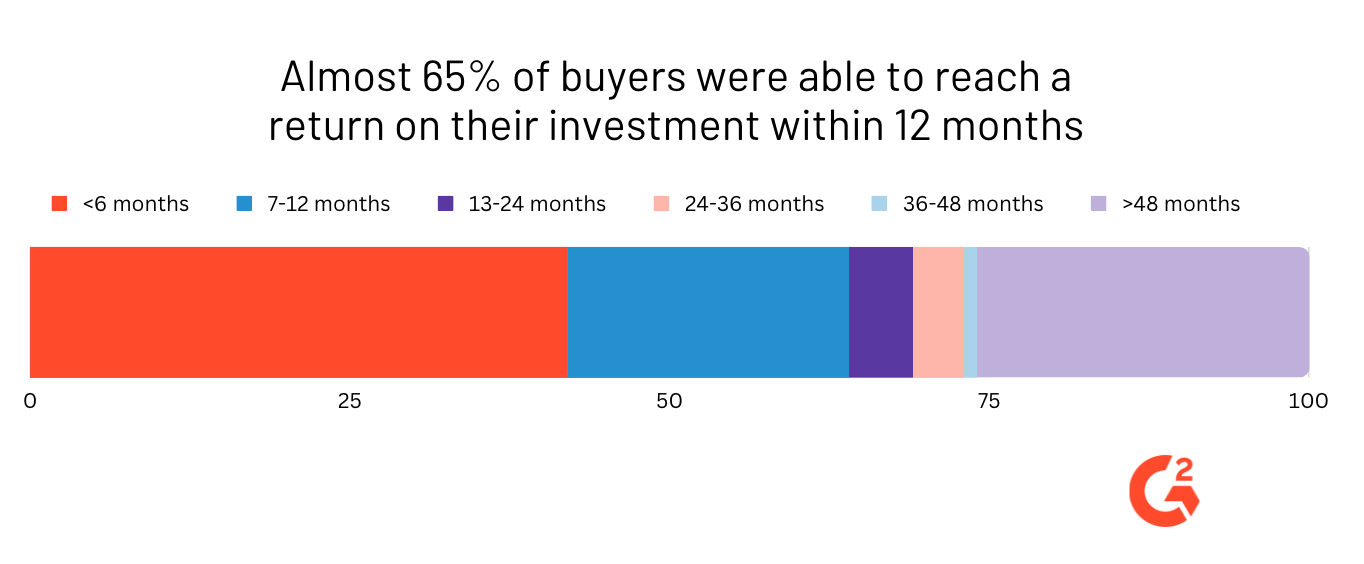Digital accessibility is great. But what exactly does it mean?
The Web Content Accessibility Guidelines (WCAG) are accessibility guidelines set by the World Wide Web Consortium (W3C), the primary international standards organization for the internet. However, they are difficult to understand, which is funny, because they’re intended to help make digital content and interfaces simpler and accessible to all. Anyway, let me break it down for you.
The four principles of digital accessibility
Digital accessibility refers to the design and development of digital products accessible by anyone, including those with visual, auditory, physical, or cognitive impairments. It ensures everyone can navigate, interact with, and understand digital content. The WCAG guidelines are broken down into four principles:
- Perceivable: Users need to be able to perceive the content being presented, meaning that it needs to be available to users via sight, hearing, or touch.
- Operable: User interface component and navigation must be operable, meaning all functionality should be available through a keyboard or other input methods.
- Understandable: The content should be readable and predictable with clear instructions and messaging.
- Robust: The content should be reliably interpreted by a variety of assistive technologies, browsers, and devices.
Want to learn more about Digital Accessibility Platforms ? Explore Digital Accessibility Platforms products.
Not all digital accessibility tools are built the same
Digital accessibility software refers to tools designed to help people with disabilities access digital products. They do this by providing features such as closed captions for videos, alternative text descriptions for images, screen readers, speech recognition, text magnification, and keyboard navigation.
There are various types of digital accessibility products. At G2, we have broken up our digital accessibility parent category into two child categories: Digital Accessibility Platforms and Digital Accessibility Tools.
Platform products act as a one-stop shop for digital accessibility needs. These platforms are often broken up into different modules that address specific parts of the digital accessibility process, from testing to fixing errors to monitoring compliance.
Digital accessibility tools, on the other hand, only target specific steps in the accessibility process. Businesses that want a quick fix for a particular accessibility issue might opt for a tool, while businesses looking to manage their entire accessibility process may opt for a platform. So while both have different use cases, they have a time and place and are valuable for businesses’ digital accessibility needs.
| Related: What Is Web Accessibility? How to Make Your Content Inclusive→ |
G2 data shows digital accessibility is more accessible than you think
There is a misconception that reaching the WCAG level of accessibility is difficult to achieve; however, G2 data shows otherwise. When considering the reviews for digital accessibility platforms software, almost 60% of reviewers indicated that it took them less than one day to implement, and around 25% indicated it took them less than one month to implement.

Further, when looking at the time it took to reach a return on their investment (ROI), almost 40% stated they reached an ROI in less than 6 months, and another 25% stated they reached an ROI within 7-12 months. When considering the benefits that digital accessibility offers to businesses and their customers, the data shows that it pays off to invest in these products, literally.

Accessibility is meant to aid customers and visitors to a business’ digital interfaces. However, there are also important benefits that accessibility brings to businesses that allow them to improve their brand reputation, connection with their customer base, and marketing efforts.
- Increase customer base: Digital accessibility products can help businesses reach a wider audience, including people with disabilities who may have had difficulties using products or consuming content. By making their products and services accessible, businesses can attract a larger customer base.
- Increase user engagement: Making digital products accessible can improve user engagement by allowing them to make the most of the various elements and widgets included in a digital interface. This will lead to increased loyalty and repeat business.
- Improve brand image: By committing to accessibility, businesses can improve their brand’s reputation and establish themselves as socially responsible and inclusive. Consumers are increasingly using their spending power as a vote for brands they want to align with, so it’s crucial to maintain a positive image.
- Improve SEO: Digital accessibility products can improve a website's SEO by improving website performance, making websites more accessible on mobile devices, and improving user experience.
Digital accessibility goes beyond social responsibility
It’s important to understand that in 2023, digital accessibility is more than just a social responsibility. In the competitive landscape, providing more accessible experiences that allow everyone to access, understand, and engage with digital content sets businesses up for success.
Edited by Jigmee Bhutia

Priya Patel
Priya is a Senior Research Analyst at G2 focusing on content management and design software. Priya leverages her background in market research to build subject matter expertise in the software space. Before moving back to Chicago in 2018, Priya lived in New Zealand for several years, where she studied at the University of Auckland and worked in consulting. In her free time, Priya enjoys being creative, whether it’s painting, cooking, or dancing.
